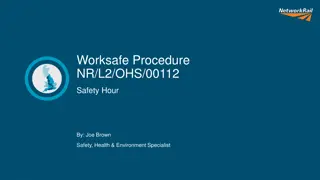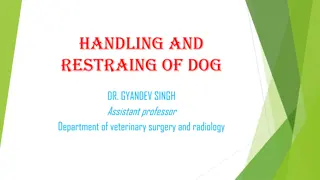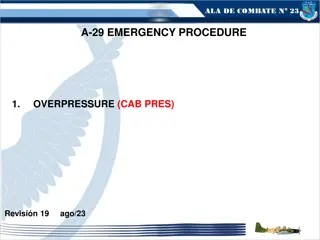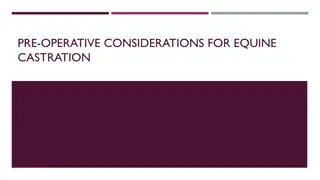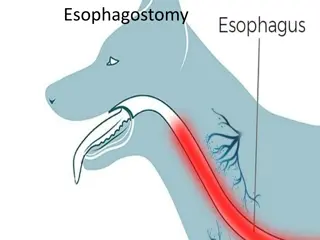Essential Guide to IV Procedure and Venipuncture Techniques
Learn about indications for IV access, common IV sites, IV catheter sizes, steps for performing IV procedures, risks of needle sticks, and measures to prevent them. This detailed guide by Daryl P. Lofaso, Ph.D., M.Ed., RRT provides valuable information on safely and effectively administering IV medications and fluids to patients, emphasizing the importance of following proper protocols and precautions.
Download Presentation

Please find below an Image/Link to download the presentation.
The content on the website is provided AS IS for your information and personal use only. It may not be sold, licensed, or shared on other websites without obtaining consent from the author. Download presentation by click this link. If you encounter any issues during the download, it is possible that the publisher has removed the file from their server.
E N D
Presentation Transcript
CSI 201 Skills Lab 1 IV AND VENIPUNCTURE DARYL P. LOFASO, Ph.D., M.Ed., RRT
Indications for IV Indications: Intravenous access to patient s circulatory system. Administration of Meds. & Fluids, as well as blood collection Contraindications: IV access should be attempted as distal as possible. Avoid veins that cross over joints, local infection/injury Extremities with renal shunts or fistulas
Common IV sites
IV catheter size Age < 1 year: 22, 24 gauges (g) 1-8 years: 18, 20, 22 gauges > 8 years: 16. 18, 20 gauges
IV Procedure Use universal precautions (glove and eye protection) Allergies (betadine, latex or topical anesthetic) Explain procedure to patient Prepare all material (IV cath, starter kit, connection tub and flush) Apply tourniquet above the elbow. Select vein. Prepare site (air dry)
IV Procedure (cont.) Warn the pt. of possible pain Bevel up at 30 degree above horizontal Look for flashback of blood into catheter Upon seeing flashback, advance catheter another millimeter or two. Decrease catheter to near 0 horizontal. Advance the sheath completely into the vein and release tourniquet
IV Procedure (cont.) Connect the IV tubing/heplock Confirm placement by aspirate and flush Secure catheter and tubing Dispose of needle in sharps container Document the IV site, catheter size, and date in patient s EMR
Risks to YOU Risks after needle Sticks Exposure Hepatitis B: 6 - 30% Hepatitis C: 3 - 10% HIV: 0.3 % Other blood borne pathogens
Steps to prevent needle sticks Wear gloves Do Not Bend or Break Needles Never RECAP!!! If you must, use the One Handed technique Take your time Dispose of contaminated needles immediately in puncture-resistant containers
POLICY ON ACCIDENTAL NEEDLE STICKS Immediately wash injured area with soap and water. Report all needle sticks immediately to your instructor or immediate supervisor. Complete an incident report and report to employee health or ED. Determine if the needle was clean or dirty. Cleansing wound with antiseptic. Request that the identified patient be tested for Hepatitis B surface antigen and HIV antibodies. Have your blood tested for Hepatitis B and HIV antibodies as soon as possible. Begin drug treatment (if necessary) & counseling.
How to calculate patient s fluid rate Maintenance Fluid: Adult or Peds
Fluid Disturbances Isotonic Imbalances Fluid volume deficit Fluid volume excess CHF Losses from GI Renal Failure Loss of plasma or whole blood Cirrhosis of liver Fever Diuretics
Fluid Disturbances (cont.) Osmolar Imbalances Hyperosmolar imbalance Hypoosmolar imbalance SIADH Diabetic ketoacidosis Excess water intake Osmotic diuresis
Electrolyte Imbalances Hyponatrema Hypernatrema Hypokalemia Hypocalcemia Hypercalcemia Hypomagnesemia Hypermagnesemia
Risk Factors for Fluid, Electrolyte, and Acid-Base Imbalances Age Very old or very young Chronic disease CA or Cardiovascular disease (CHF) Trauma Crush or head injuries or burns Therapies Diuretics, steroids, IV therapy, TPN Gastrointestinal losses Gastroenteritis, NG Suction or fistulas



